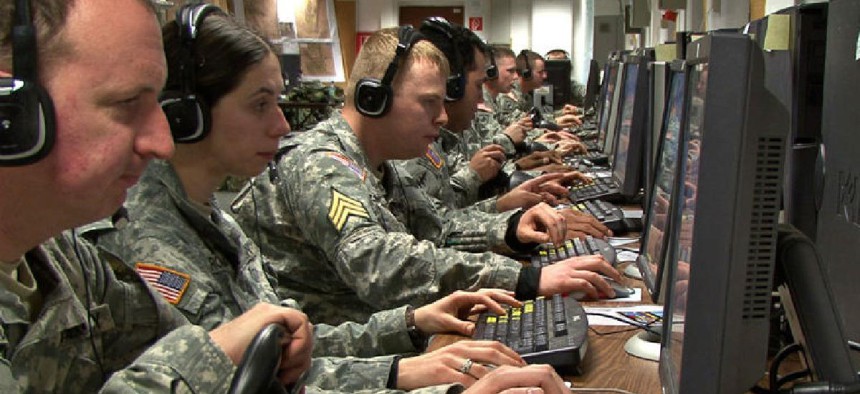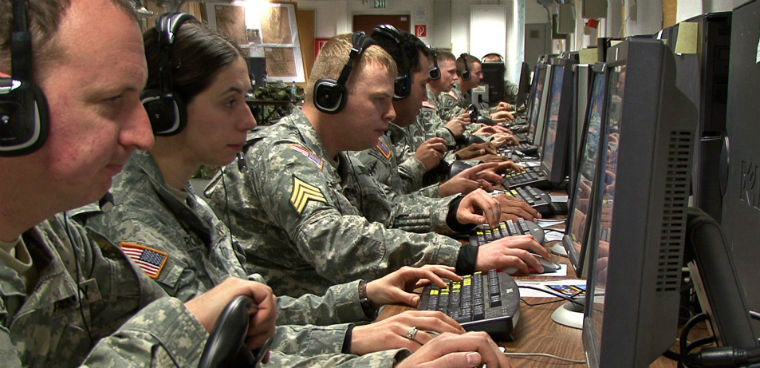Pentagon readies new policy to boost cyber workforce amid recruitment challenges

The Defense Department is developing a new policy series aimed at improving the cyber workforce, but it has substantial work to do to recruit the talent needed in the future.

The Defense Department is developing a new policy series aimed at improving the cyber workforce, but has substantial work to do to recruit the talent needed in the future.
DOD acting CIO John Sherman said the new policy series will "drive implementation and compliance" with the recently developed DOD Cyber Workforce Framework.
Sherman called the framework, which distills all of the Defense Department’s cyber skill sets needed to conduct its missions into 54 roles, "central to DoD's approach for cyber talent," during an April 21 Senate Armed Services Subcommittee on Personnel hearing.
DOD 8140 Directive was updated in late 2020 to establish the framework as the chief mechanism for cyber talent management enterprisewide, Sherman said. Now, the complementary instruction and manual for the policy series, which will create procedures for tracking and reporting as well as baseline qualifications, are in the final stages of approval.
To oversee the policy and its implementation, DOD established a Cyber Workforce Management Board, including leadership from the CIO office, undersecretary of defense for personnel and readiness and principal cyber advisor.
But recruitment is a continuous challenge for DOD. In addition to new policies, DOD is developing a pilot training program for human resources personnel to learn how to better attract and retain technical talent by January 2022. The effort focuses specifically on using direct hire authorities, competitive and excepted service, special pay and adopting private industry practices.
However, the need could extend beyond new policies and pilots. For Lt. Gen. Dennis Crall, the Joint Staff's CIO and director for command, control communications and computers/cyber, it may require rethinking who the target audience is.
"We’re about warfighting business in the Joint Staff, and the digital nature of the fight that we expect, especially at pace and speed, is going to demand a workforce and talent level that we have not seen before," Crall told senators Wednesday. "The human-machine interface brings a demand that is going to have to be found, cultivated, educated and implemented to get that level of experience as we learn and work our way through this new capability set."
Crall admitted he wasn’t sure about whether, as Congress had asked, the department was getting the right talent to meet cyber needs, noting that the "divide between the need is growing compared to what we’re able to fulfill."
But he said that money isn't necessarily the barrier to recruitment that defense officials have noted in the past. "I don’t think we know our target audience as well as we need to," he said. "We need to find out what really motivates individuals to want to serve in the capacity that we’re offering."
Crall said that many tech workers value student loan debt forgiveness and the flexibility to live where they want and work when they want over potentially higher salaries. There’s also an appreciation for "flat organizations" where everyone can have equal input.
But getting the right talent mix could also mean reevaluating and retiring some of the dedicated programs targeting the cyber workforce, he said, because they "may not all deliver."
Of 2,143 civilian cyber workforce hires in fiscal 2020, 30% got a relocation incentive, up from 9% in 2019, according to joint testimony submitted by Veronica Hinton, the acting deputy assistant secretary for defense for civilian personnel policy, and Leonard Litton, the deputy assistant secretary for defense for military personnel.
Additionally, just under 4% were given student loan repayment (a modest bump from about 3% in 2019).
Litton testified that enlisted and officer recruiting and retention has been "good" during the pandemic, but that "there are specific areas where we are below our needs" because requirements have been increased.
Hinton also noted that while overall retention was good, highly technical areas saw a lot of turnover. Overall, DOD sees an average annual loss of 0.7% with civilian cyber workers, and nearly 14% are eligible to retire, according to the written testimony.



